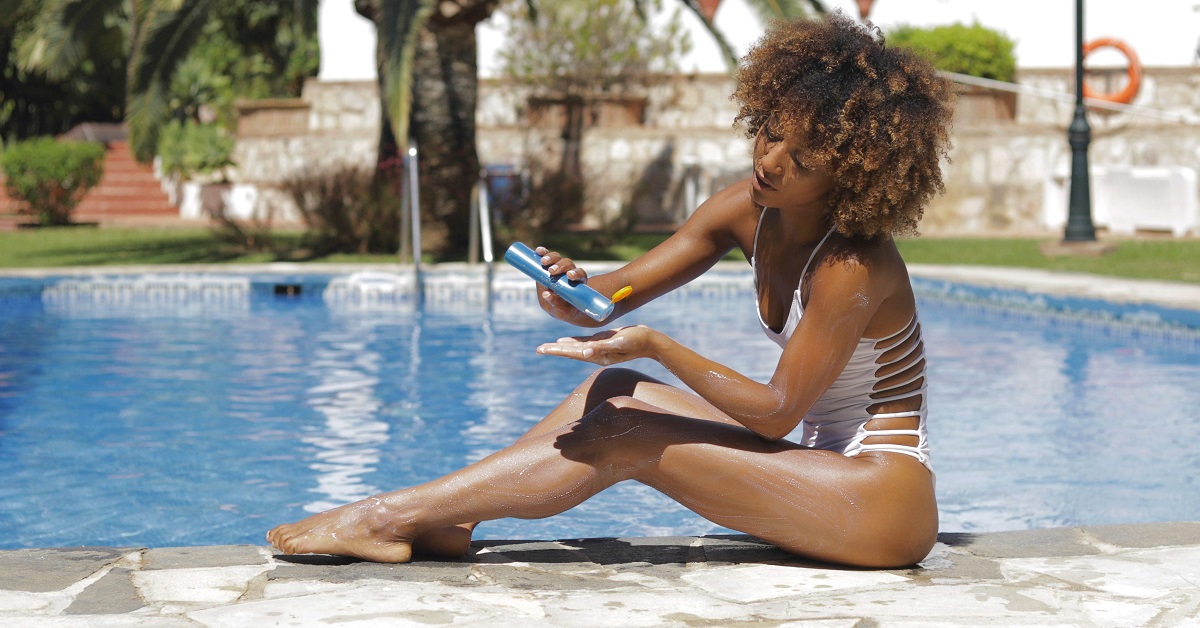That’s the $64,000 question, for sure. Unfortunately, determining the exact demographic or “dermagraphic” in this case, is extremely difficult.
A risk factor is anything that affects a person’s chance of getting a disease such as skin cancer. But, risk factors aren’t the be all and end all. Having one, or even many risk factors, does not guarantee that you will get skin cancer. Many people who get the disease have no known risk factors. Even if a person with basal or squamous cell skin cancer has a risk factor, it is nearly impossible to understand what role, if any, that risk factor may have played.
That being said, let’s list a number of risk factors, in no particular order, that can contribute to skin cancer.
- Ultraviolet, or UV, light: People with high levels of exposure to UV light are at greater risk for skin cancer.
- Ethnicity: The risk of skin cancer is much higher for whites than for dark-skinned African Americans or Hispanics. The risk of melanoma is more than 10 times higher for whites than for African Americans.
- Fair skin: Whites with fair skin, freckles, or red or blond hair have a higher risk of melanoma. Red-haired people have the highest risk.
- Gender: Men are 2 times as likely as women to have basal cell cancers and about 3 times as likely to have squamous cell cancers of the skin. This could be because they spend more time in the sun
- Older age: The risk of basal and squamous cell skin cancers goes up as people get older. Older people have been exposed to the sun for a longer time. By age 50, men are also more likely than women to develop melanoma. This number jumps by age 65, making men 2 times as likely as women of the same age to get melanoma. By age 80, men are 3 times more likely than women in that age group to develop melanoma.
It’s obvious that the older we get and the higher our level of exposure is to UV light, the greater the risk. And fair-skinned men are at greater risk.
So, if you are mid-60s white man who spends an inordinate amount of time in the sun between 10 am and 4 pm without wearing sun blocking clothes and applying a broad-spectrum sunscreen, be wary. You are at greatest risk.
For the sake of argument let’s assume you aren’t a member of this highest-at-risk club. What can we take from the risk factor grid? Here goes:
- Seek the shade, especially between 10 AM and 4 PM.
- Do not burn.
- Avoid tanning and UV tanning beds.
- Cover up with clothing, including a broad-brimmed hat and UV-blocking sunglasses.
- Use a broad spectrum (UVA/UVB) sunscreen with an SPF of 15 or higher every day. For extended outdoor activity, use a water-resistant, broad spectrum (UVA/UVB) sunscreen with an SPF of 30 or higher.
- Apply 1 ounce (2 tablespoons) of sunscreen to your entire body 30 minutes before going outside. Reapply every two hours or immediately after swimming or excessive sweating.
- Keep newborns out of the sun. Sunscreens should be used on babies over the age of six months.
- Examine your skin head-to-toe every month.
- See your physician every year for a professional skin exam.


